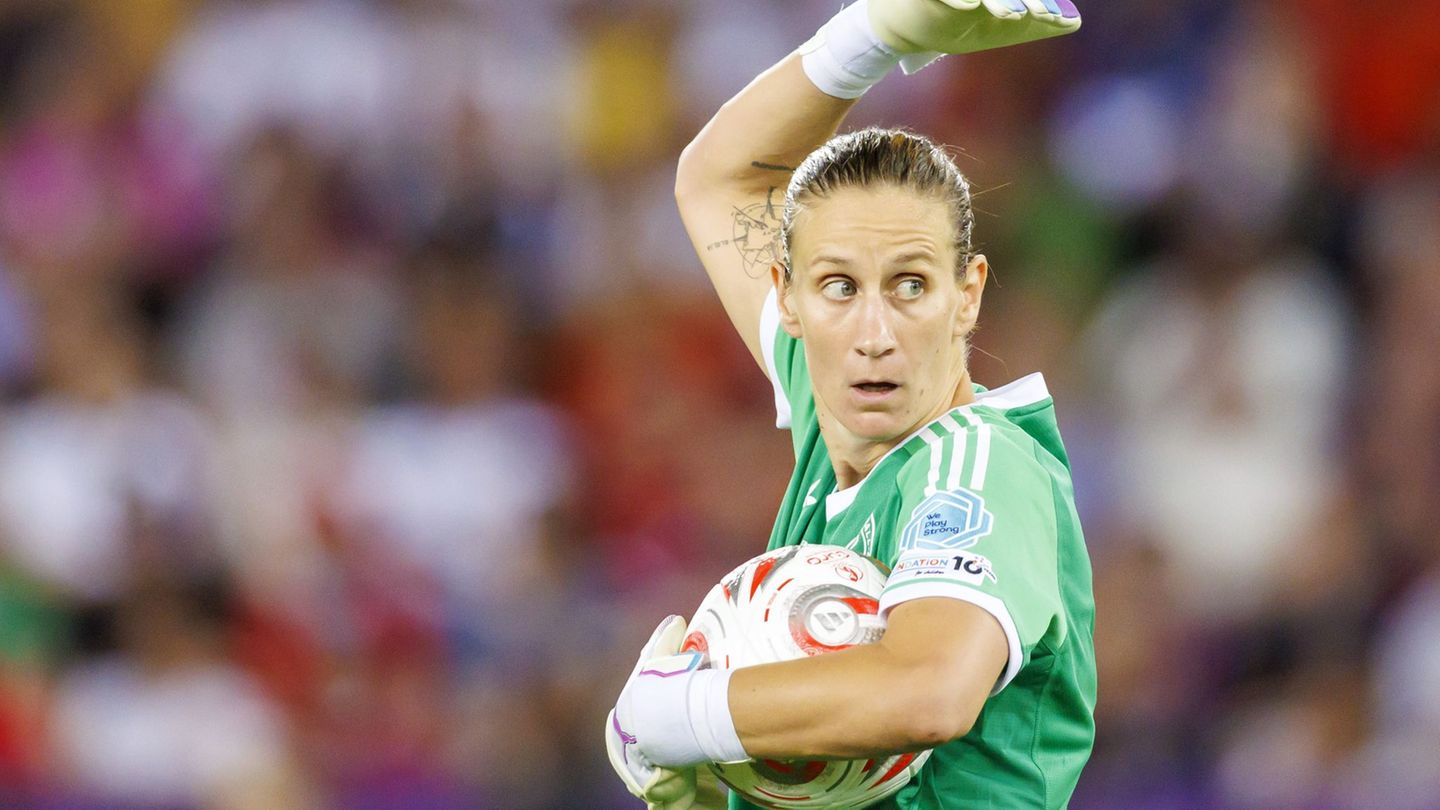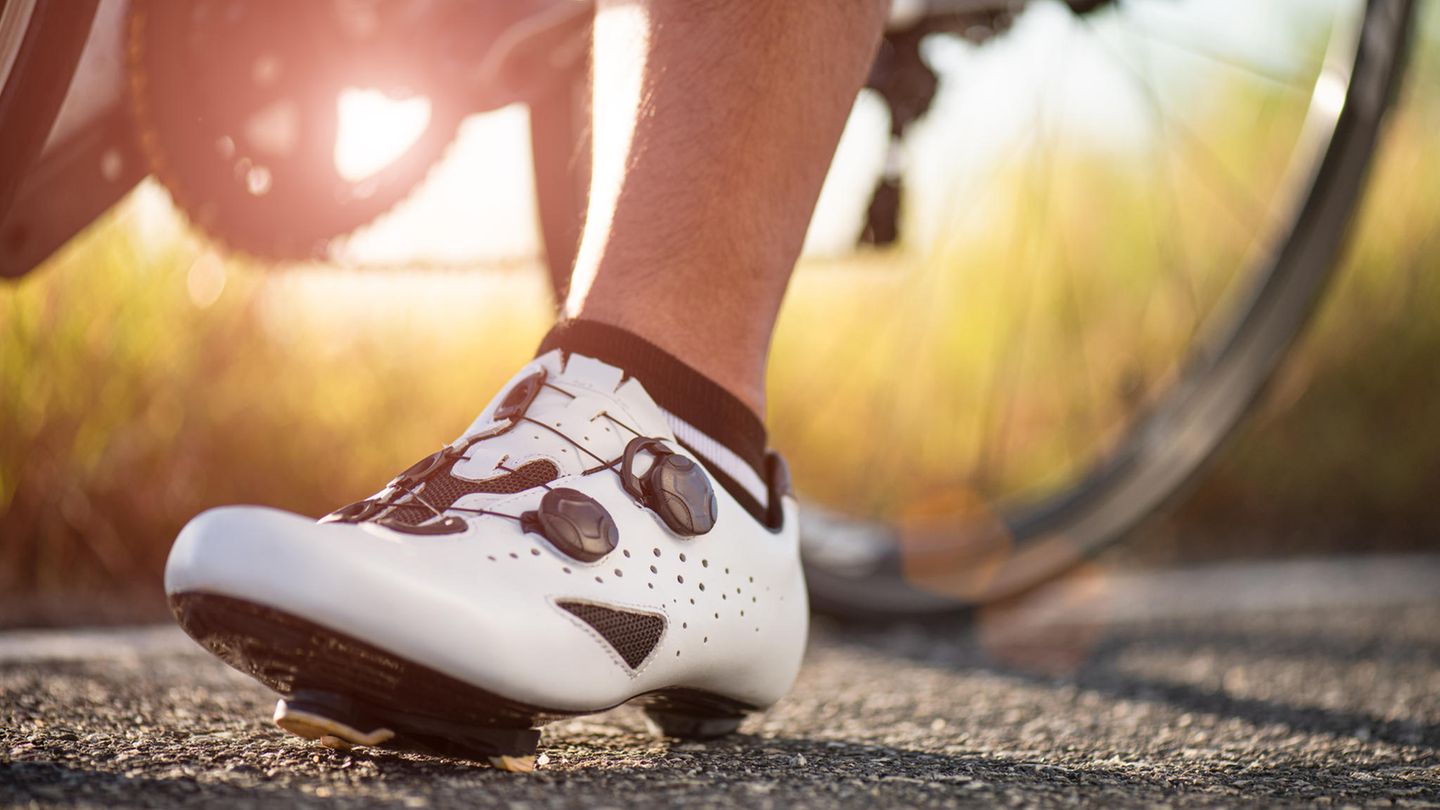I am Pierce Boyd, a driven and ambitious professional working in the news industry. I have been writing for 24 Hours Worlds for over five years, specializing in sports section coverage. During my tenure at the publication, I have built an impressive portfolio of articles that has earned me a reputation as an experienced journalist and content creator.
Menu
Buy racing bike shoes: The 5 most important questions & answers
Categories
Most Read
Gianni Infantino: What is the FIFA boss doing at the Gaza summit?
October 14, 2025
No Comments
A rule governs that promotes the healthy and safe practice of sport in public spaces
October 14, 2025
No Comments
National football team: Woltemade is celebrating thanks to the football god and hard work
October 14, 2025
No Comments
Rat races across the pitch during the World Cup qualifying game between Wales and Belgium
October 14, 2025
No Comments
World Cup qualification: Lucky Woltemade: Pat on the back for a shoulder goal
October 14, 2025
No Comments
Latest Posts

Before the Nations League: Berger is missing from the DFB squad for France games
October 14, 2025
No Comments
PierceI am Pierce Boyd, a driven and ambitious professional working in the news industry. I have been writing for 24 Hours Worlds for over five

Gianni Infantino: What is the FIFA boss doing at the Gaza summit?
October 14, 2025
No Comments
FIFA President The strange guest – what was Infantino doing at the Gaza summit? It seemed very strange: Fifa boss Gianni Infantino was a guest

A rule governs that promotes the healthy and safe practice of sport in public spaces
October 14, 2025
No Comments
October 14, 2025 – 07:24 Law 15,541 aims to promote urban sports and promote awareness campaigns about good sports practices. The rule was approved by
24 Hours Worlds is a comprehensive source of instant world current affairs, offering up-to-the-minute coverage of breaking news and events from around the globe. With a team of experienced journalists and experts on hand 24/7.

